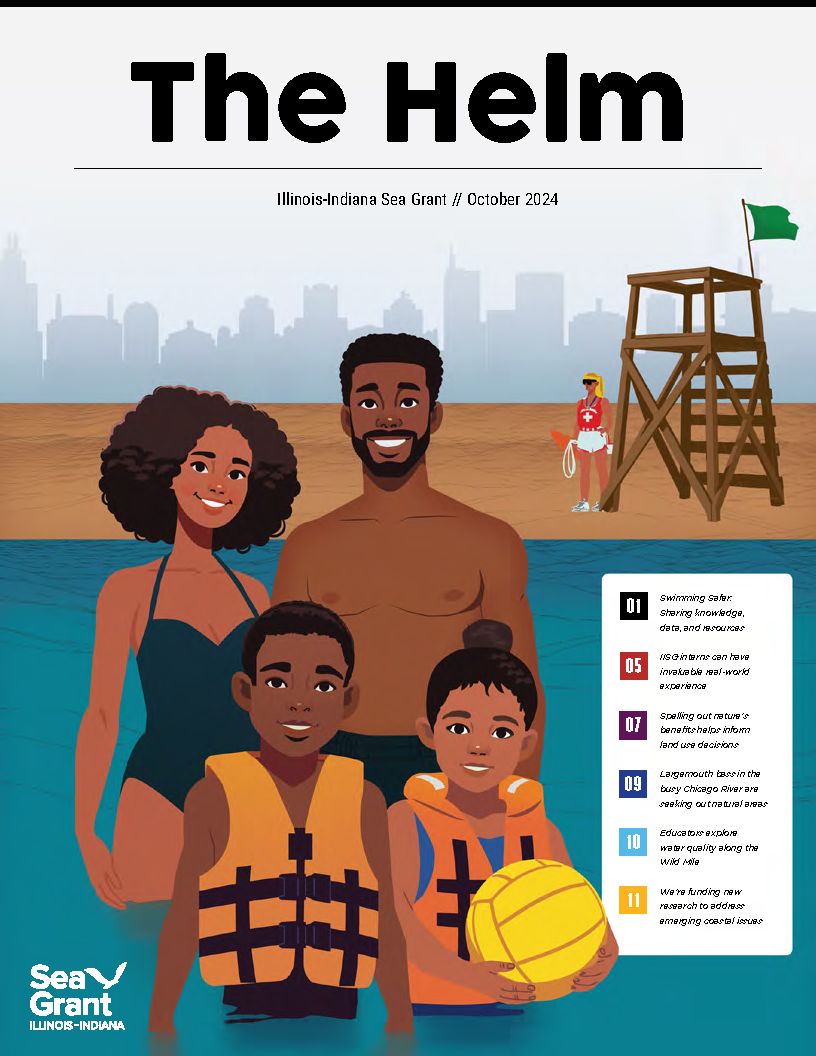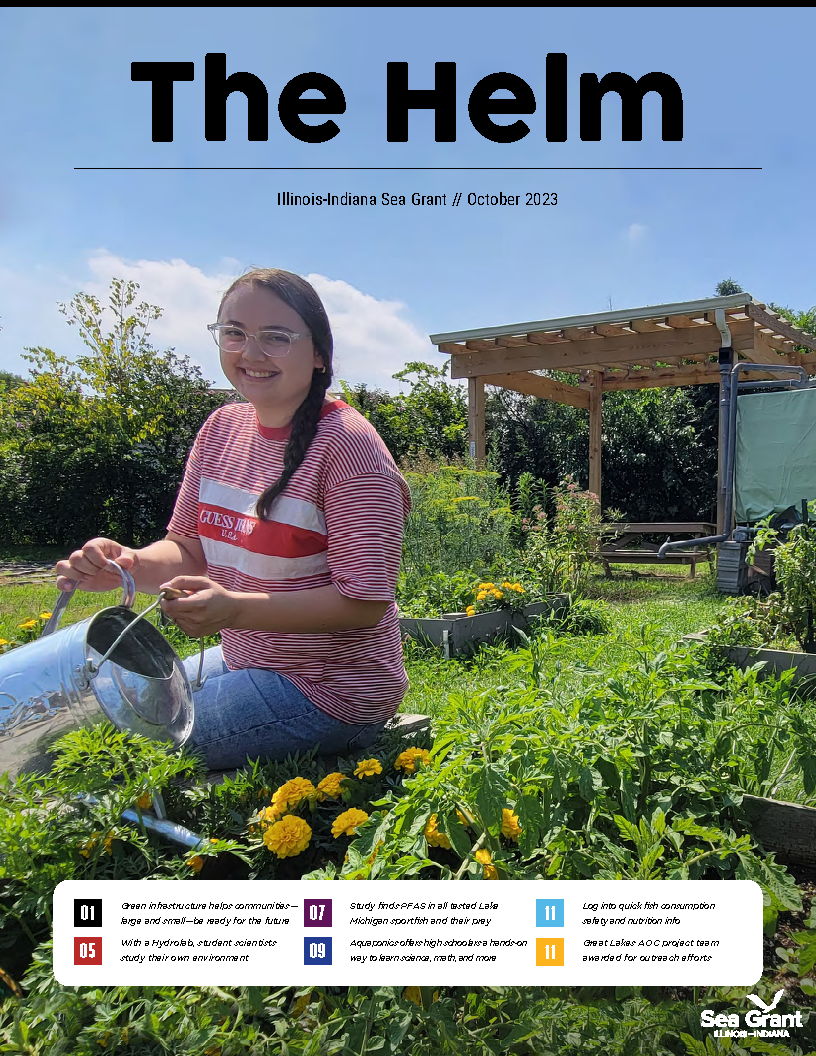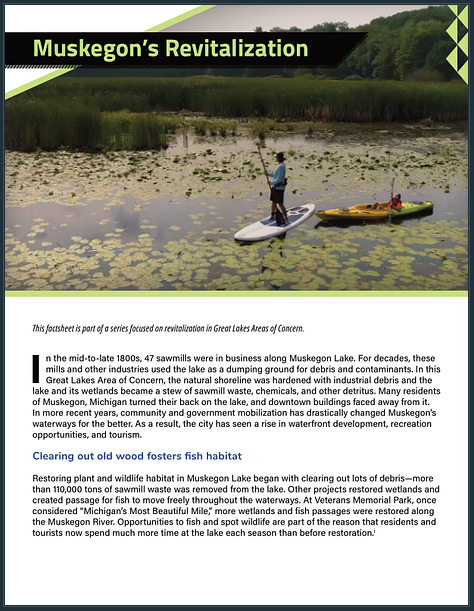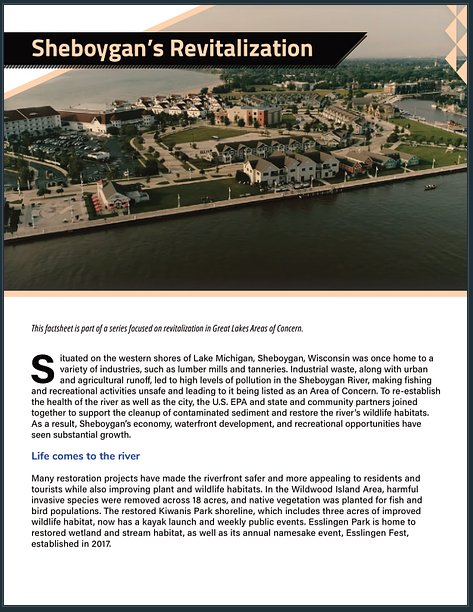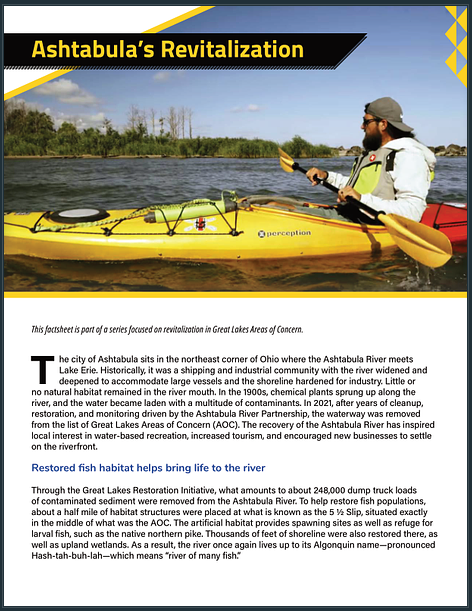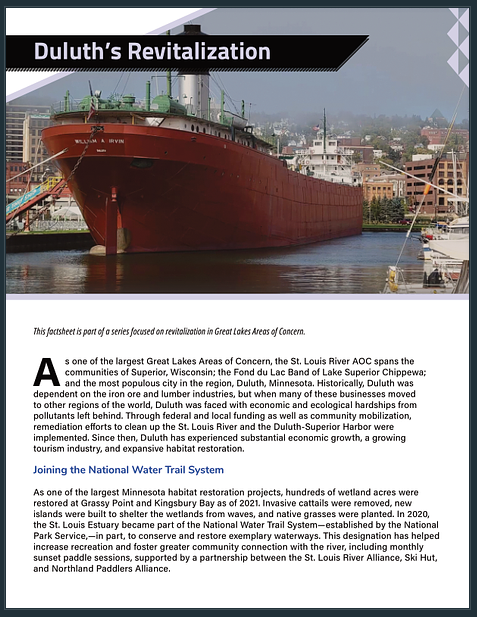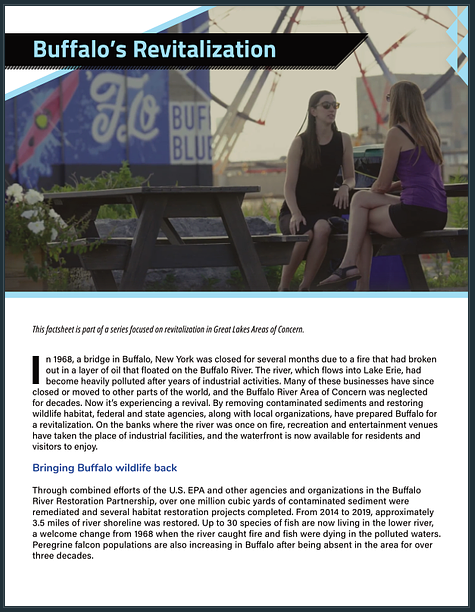
File Type: pdf
File Size: 839.06 KB
Per- and polyfluoroalkyl substances (PFAS), a suite of manufactured chemicals with wide applications in consumer products ranging including clothing, cookware, cosmetics, and firefighting foams, are threatening the Great Lakes and Lake Champlaign region. These chemicals and their related precursor compounds have very strong bonds that make them waterproof, oil repellent, and high temperature and stain resistant. Their chemical structure also makes them very persistent in the environment, for which they are called “forever chemicals”. To explore the socioeconomic impacts of PFAS, Illinois-Indiana Sea Grant (IISG) is leading a Great Lakes and Lake Champlain regional research effort that is expected to support research to further advance the knowledge of social or economic issues related to PFAS risk, exposure, and remediation in these regions. The project advisory committee recommended a regional scoping effort to guide this effort; the purpose which was identifying and subsequentially prioritizing the knowledge gaps and potential socioeconomic barriers to PFAS efforts in the Great Lakes and Lake Champlain regions. Details of these scoping sessions are discussed in this report.
Download File
